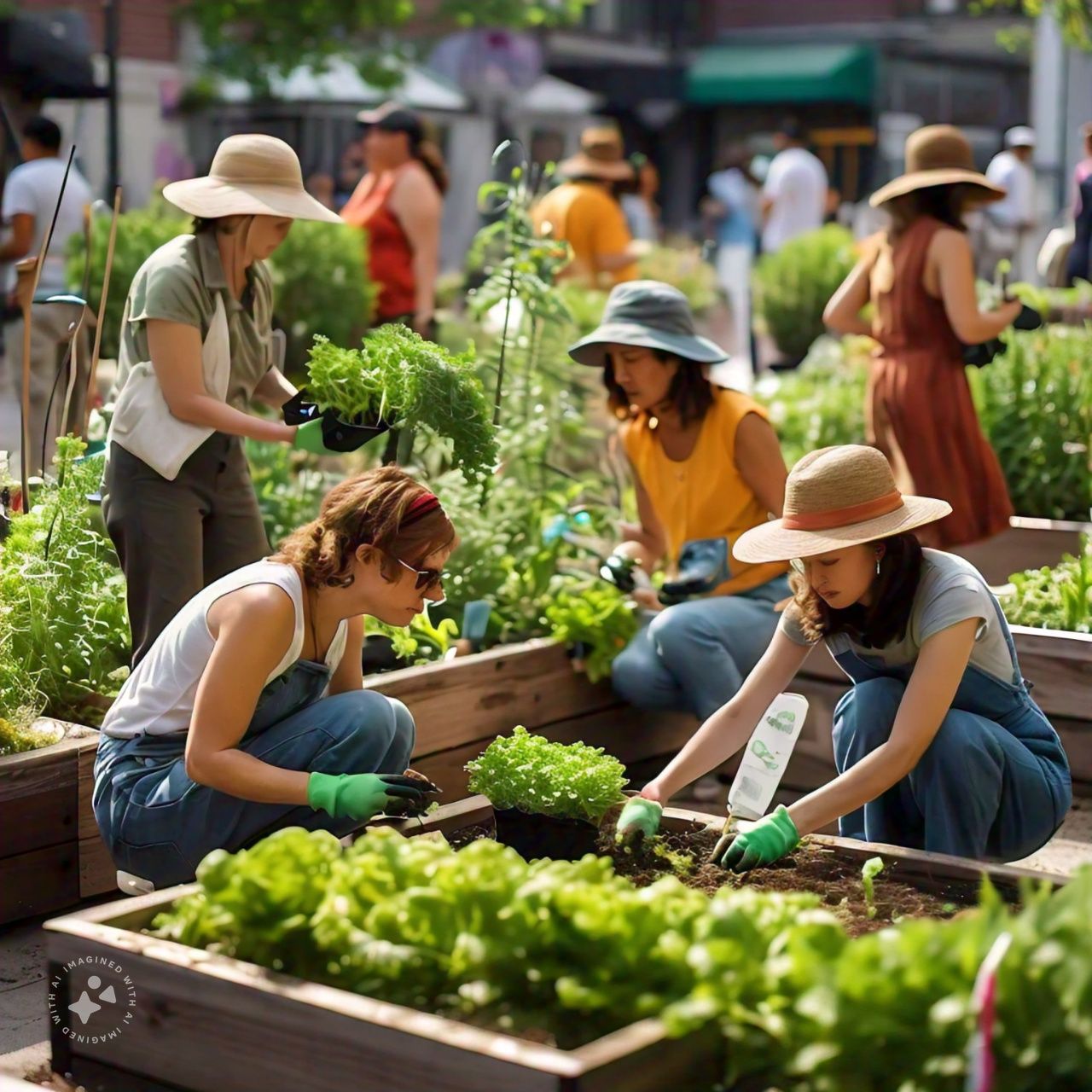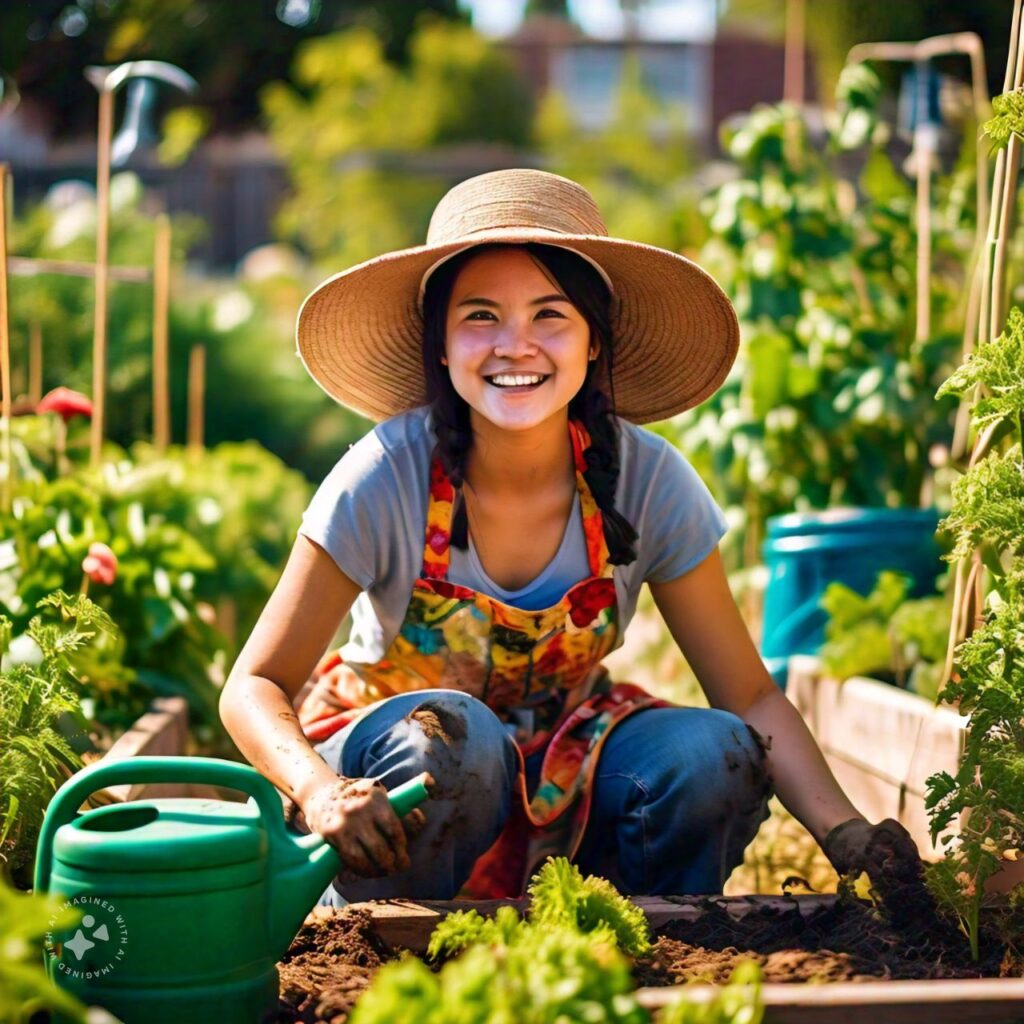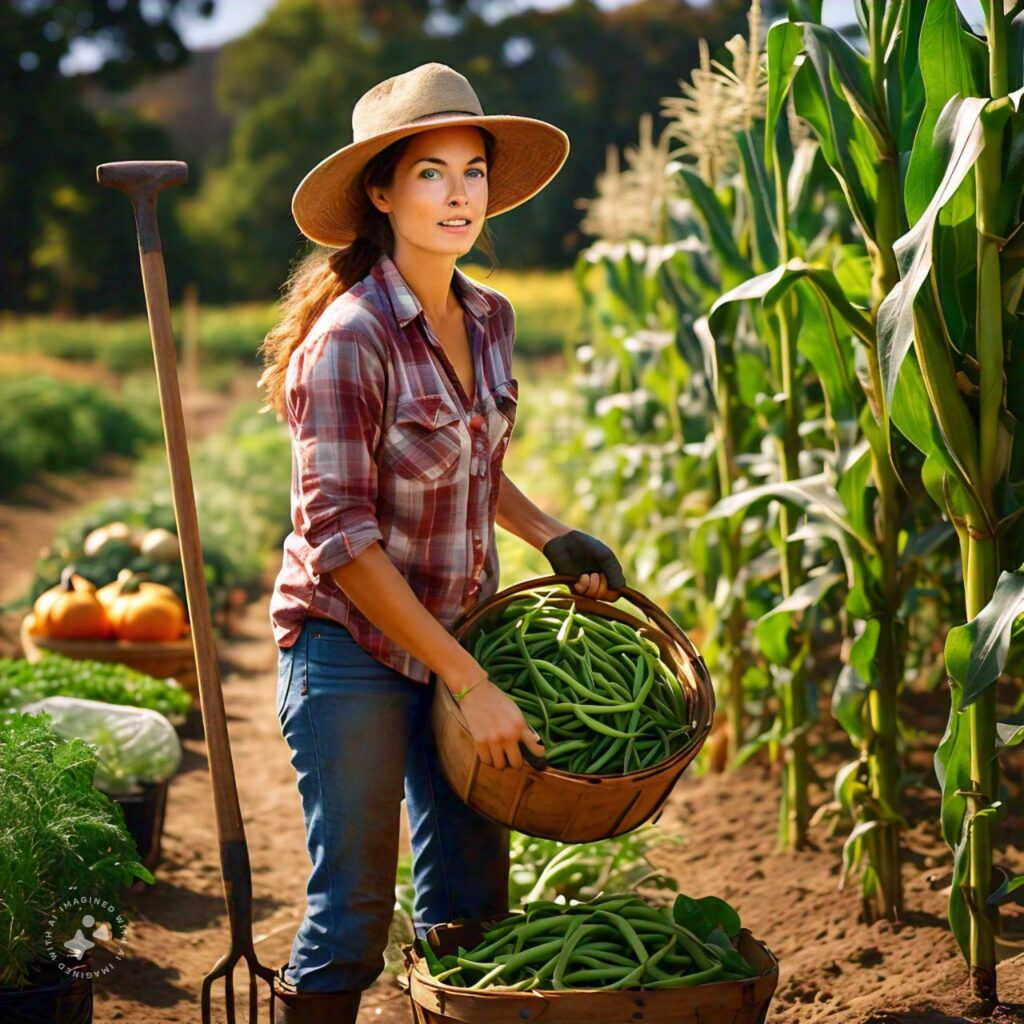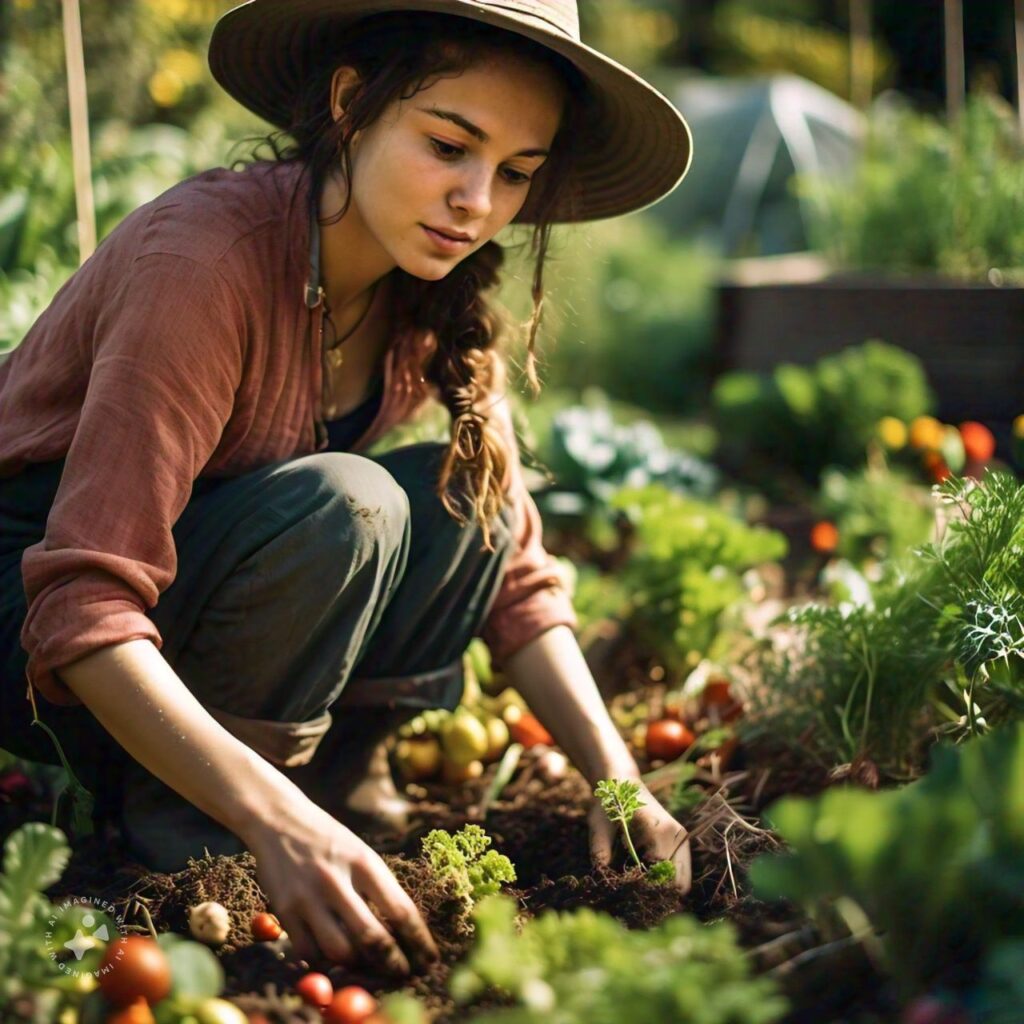Urban gardening is rapidly gaining traction as more people look for sustainable ways to integrate green spaces into their urban lifestyles. In the midst of bustling city life, the presence of lush, green oases offers a breath of fresh air and a connection to nature that many city dwellers crave. This practice is not just a trend but a response to the growing need for sustainable living, community engagement, and healthier living environments. In this article, we delve deep into the world of urban gardening, exploring its benefits, techniques, and the ways it can transform both individuals and communities.
Why Urban Gardening is Essential in Today’s Cities
Urban areas are often characterized by concrete jungles with limited access to nature. The significance of urban gardening lies in its ability to reintroduce greenery into these environments, offering numerous physical, mental, and environmental benefits.
1. Environmental Impact: Reducing Urban Heat Islands
Urban heat islands are a common phenomenon in cities where the concentration of buildings and infrastructure leads to higher temperatures compared to surrounding rural areas. Urban gardening helps mitigate this effect by introducing more plants, which provide shade and release moisture into the air through transpiration. The cooling effect of plants can significantly reduce the temperature in urban areas, making cities more livable and reducing the energy demand for air conditioning.
2. Improving Air Quality
Plants are natural air purifiers. They absorb pollutants and release oxygen, which improves the overall air quality in urban settings. By incorporating more gardens into cities, we can combat the negative effects of pollution, which is a major concern in densely populated areas. Green roofs, vertical gardens, and community gardens all contribute to cleaner air, making urban environments healthier for residents.
3. Promoting Biodiversity
Urban gardening also plays a crucial role in promoting biodiversity. By creating green spaces, we provide habitats for various species of insects, birds, and small mammals. This not only enhances the ecological balance but also helps in the pollination of plants, which is essential for food production. Biodiversity in urban areas contributes to the resilience of ecosystems, ensuring that cities can better withstand environmental challenges.
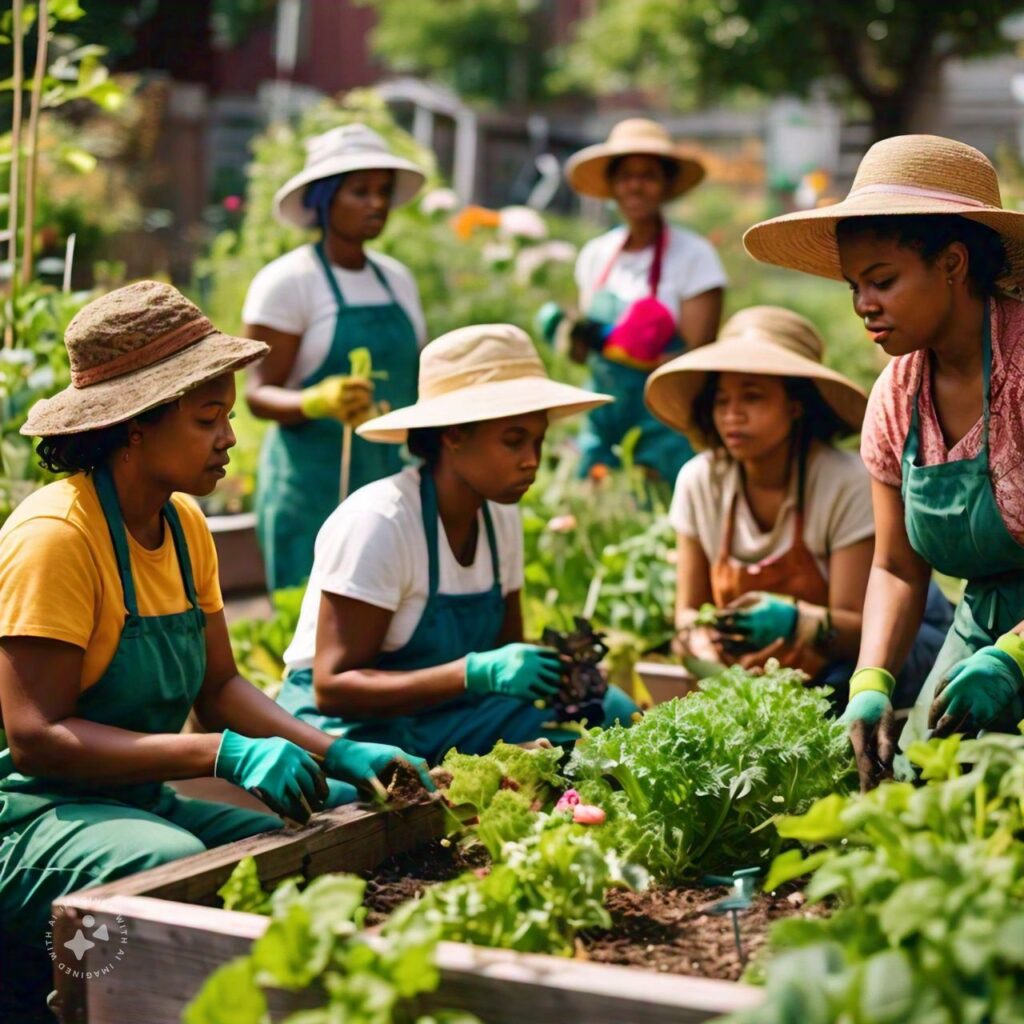
Techniques for Successful Urban Gardening
Urban gardening is not a one-size-fits-all endeavor. Depending on the available space, resources, and goals, different techniques can be employed to create thriving gardens in urban settings.
1. Container Gardening
Container gardening is one of the most popular methods for urban gardening, especially in apartments or homes with limited outdoor space. This technique involves growing plants in pots, containers, or other vessels that can be placed on balconies, rooftops, or even windowsills. The key to successful container gardening is choosing the right size of the container and ensuring proper drainage. Plants like herbs, vegetables, and flowers can thrive in containers, providing a convenient way to bring greenery into small spaces.
2. Vertical Gardening
For those with very limited horizontal space, vertical gardening offers an innovative solution. This technique involves growing plants upwards, using structures like trellises, wall-mounted planters, or even repurposed materials such as pallets. Vertical gardens are ideal for small urban spaces and can be used to grow a wide variety of plants, including climbing vegetables, ornamental flowers, and even fruit-bearing plants. Not only do vertical gardens save space, but they also add a striking visual element to urban environments.
3. Community Gardens
Community gardens are shared spaces where residents come together to cultivate plants. These gardens are often found in urban neighborhoods, vacant lots, or rooftops and are a great way to promote social interaction while also contributing to food security. Community gardening fosters a sense of ownership and responsibility among participants, leading to stronger community bonds and a greater appreciation for locally grown produce. Additionally, these gardens can serve as educational hubs where people can learn about sustainable agriculture and gardening techniques.
4. Green Roofs
Green roofs are another effective way to incorporate gardens into urban environments. By converting rooftops into green spaces, we can maximize the use of available space in cities. Green roofs provide insulation, reducing energy costs for buildings, and also help manage stormwater runoff by absorbing rainwater. They create habitats for wildlife and contribute to the overall aesthetic appeal of the urban landscape. While green roofs require careful planning and maintenance, their benefits make them a valuable addition to any urban area.
The Social and Economic Benefits of Urban Gardening
Beyond its environmental impact, urban gardening offers significant social and economic benefits that contribute to the well-being of urban communities.
1. Enhancing Mental Health and Well-being
Gardening has long been recognized for its therapeutic effects. The act of tending to plants, being outdoors, and engaging with nature can reduce stress, anxiety, and depression. In urban areas, where the pace of life can be overwhelming, having access to a garden offers a much-needed retreat. Studies have shown that people who participate in urban gardening report higher levels of happiness and satisfaction with their living environments.
2. Strengthening Community Ties
Urban gardening brings people together, fostering a sense of community. Whether through community gardens or neighborhood gardening projects, these activities encourage social interaction and collaboration. Working together on a shared goal helps build relationships and strengthens the social fabric of urban neighborhoods. This sense of community is particularly important in cities, where people may otherwise feel isolated or disconnected.
3. Boosting Local Economies
Urban gardening can also have a positive impact on local economies. By growing their own food, urban gardeners reduce their reliance on commercially produced food, which can lead to cost savings. Additionally, community gardens often operate on a barter or exchange system, where participants trade produce, seeds, or gardening tips. This exchange fosters a sense of economic resilience and self-sufficiency within communities. Furthermore, urban gardening can create opportunities for small businesses, such as local markets, nurseries, and gardening services.
Challenges and Solutions in Urban Gardening
While urban gardening offers many benefits, it is not without its challenges. However, with proper planning and innovative solutions, these challenges can be overcome.
1. Limited Space
One of the biggest challenges in urban gardening is the lack of space. However, as we’ve discussed, techniques like vertical gardening, container gardening, and green roofs can maximize the use of limited space. Additionally, creative solutions like hanging gardens or hydroponic systems can further optimize small urban spaces for gardening.
2. Soil Quality
Urban environments often have poor soil quality due to pollution, construction, and other factors. To address this issue, urban gardeners can use raised beds filled with high-quality soil or opt for soilless gardening methods like hydroponics. Regular testing and amending of soil with organic matter can also improve soil fertility and structure.
3. Water Access
Watering plants in an urban setting can be challenging, especially during dry periods. To ensure a consistent water supply, urban gardeners can collect rainwater in barrels or install drip irrigation systems that minimize water usage while ensuring plants receive the necessary hydration.
4. Legal and Zoning Issues
In some cities, legal restrictions and zoning laws can pose challenges for urban gardening projects. It’s important for gardeners to be aware of local regulations and work with city officials to obtain necessary permits or advocate for changes in zoning laws that support urban gardening initiatives.
Conclusion: The Future of Urban Gardening
As cities continue to grow, the need for sustainable, green spaces will only become more pressing. Urban gardening offers a viable solution to many of the challenges faced by urban environments, from improving air quality to fostering community engagement. By embracing innovative gardening techniques and overcoming challenges, we can create thriving green spaces in the heart of our cities. The future of urban living depends on our ability to integrate nature into our daily lives, and urban gardening is a crucial step in that direction.
